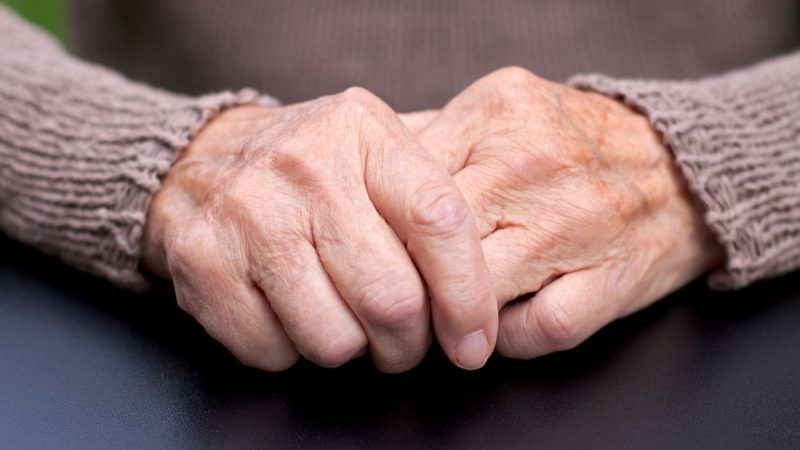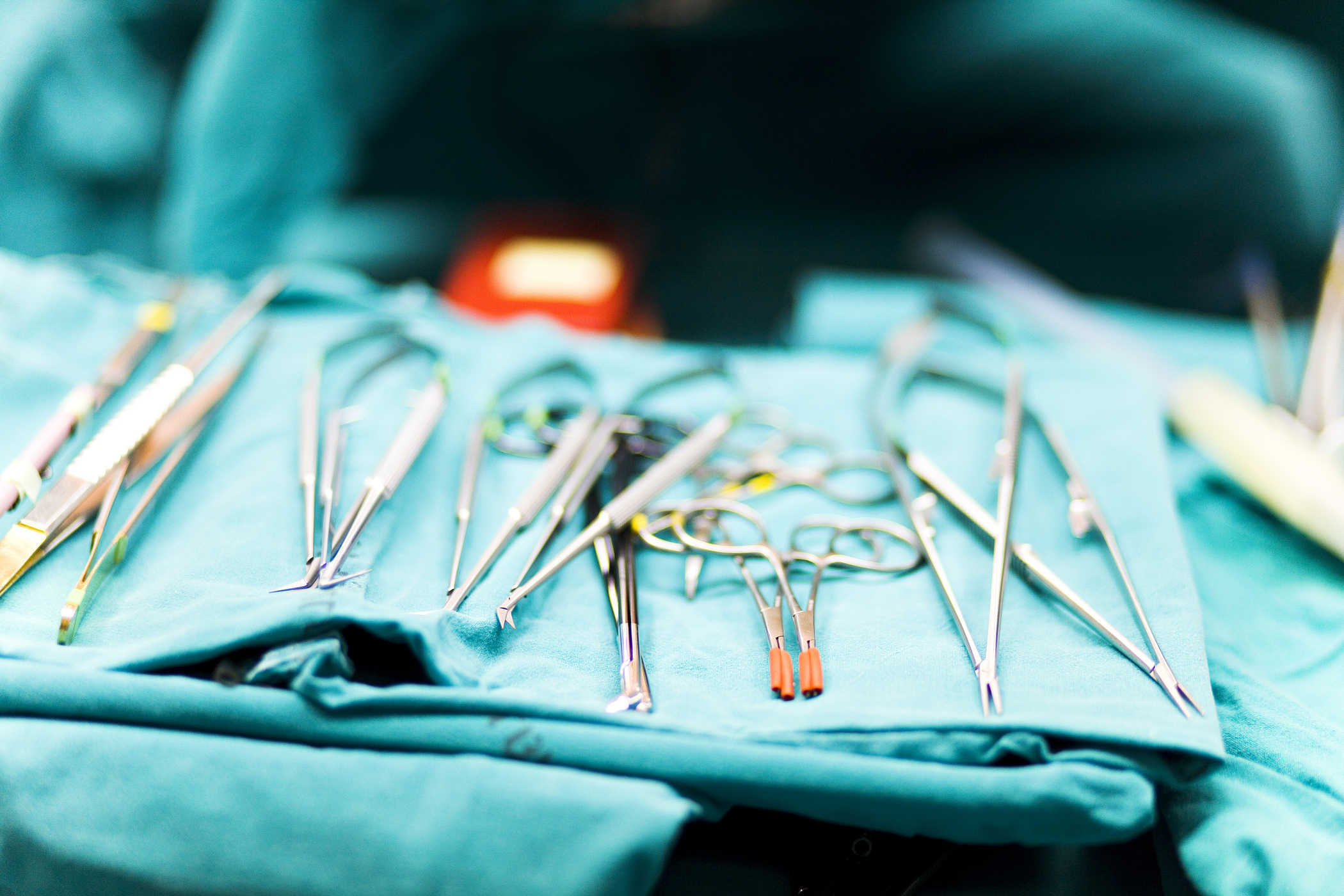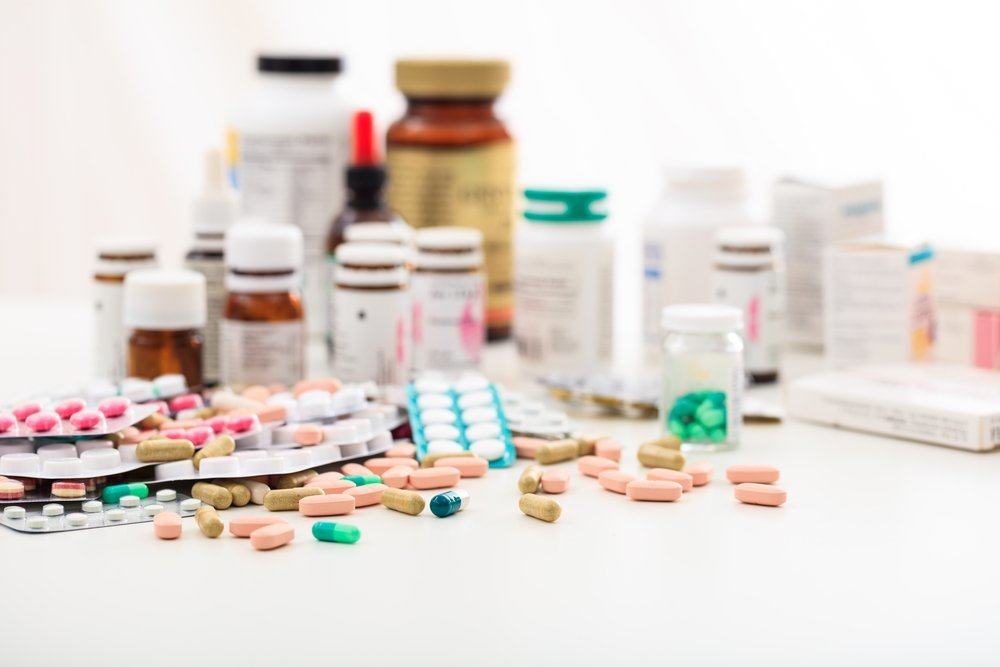Contents:
Medical Video: Coronary Angiography | Cardiac Catheterization | Nucleus Health
Definition
What is cardiac catheterization?
Cardiac catheterization is a test to check the condition of your heart. This test is carried out using a thin flexible tube called a catheter that is inserted into the heart through a blood vessel. This test includes a coronary angiogram, which checks for coronary arteries. Cardiac catheterization functions to check blood flow, blood flow in the coronary arteries, and blood pressure in the heart chambers, find out how well the heart valves work, and examine problems in the heart wall. In children, this test is done to check for heart problems arising from birth (congenital heart defects).
Coronary angiogram or coronary angiography is used to find out if there is a disease in your coronary artery (atherosclerosis). If you have atherosclerosis, this test can determine the size and position of fat and calcium deposits (plaques) that narrow your coronary arteries.
Percutaneous coronary intervention (PCI) is similar to a coronary angiogram, but PCI is used to open narrowed coronary arteries with special tools. PCI includes:
- angioplasty with or without a coronary stent
- atherectomy
Coronary angiography results help determine effective treatment for you, whether with drugs, bypass surgery, or PCI, such as angioplasty
When should I undergo cardiac catheterization?
Cardiac catheterization is done to find out if there is a problem with your heart, or as part of your heart treatment procedure.
If you do cardiac catheterization to check for heart disease, your doctor will:
- looking for narrowing or blockage in your arteries that can cause chest pain (angiogram)
- measure the pressure and oxygen level in your heart (hemodynamic measurement)
- check your heart pump function (right or left ventriculogram)
- taking heart tissue samples (biopsy)
- diagnose congenital heart defects
- looking for your heart valve problem
Cardiac catheterization is also performed as part of a medical procedure to treat heart disease. This procedure includes:
- angioplasty (with or without stent placement)
- closure of holes in the heart and treat congenital defects
- repair or replace heart valves
- valvuloplast balloon
- arrhythmia heart treatment (ablation)
- close the heart to prevent blood clots
Prevention & warning
What should I know before undergoing cardiac catheterization?
This test is usually not done in people who experience severe allergic reactions, uncontrolled heart failure, life-threatening heartbeat problems, or kidney disease. Cardiac catheterization is usually not done during pregnancy because radiation can damage the developing fetus. But in a life-threatening emergency, this medical procedure may be needed to help save a pregnant woman. In such cases, the fetus is protected from radiation exposure using a kind of lead apron.
Process
What should I do before undergoing cardiac catheterization?
You will get instructions from the local hospital about what you need to do before the test, including:
- if you take warfarin or other blood thinning drugs (anticoagulants), you will be asked to stop taking the treatment for 2-3 days before the test (preventing bleeding when the catheter is inserted)
- if you take insulin or other diabetes drugs, you may need to change your medication consumption schedule. Maybe you need to stop taking several drugs for 48 hours. The doctor will explain it
- if you are likely to be pregnant, you should tell your doctor before taking the test.
- You may be asked to fast a few hours before the test
- You may be asked to shave the hair in the groin before the test
What is the process of cardiac catheterization?
During the test, you will stay awake. You must follow the doctor's instructions during the test. You will be given medication so that you feel comfortable and may make you sleepy. The doctor makes the area of the arm, groin (upper thigh), or neck numb when the catheter enters your veins. Then, the needle is injected to form a small hole in the blood vessel. Then, the doctor will place a pointed tube called the sheath through the hole.
Next, the doctor will use a special hose on the sheath and insert it into your veins, then connect it to the heart. After that, the doctor will place a catheter on the sheath and slide it into the coronary artery. A special X-ray will be performed when the catheter is inserted into the heart. This X-ray will help the doctor place the tip of the catheter.
When the catheter has been placed in the right part, the doctor will do a test or treatment on your heart. For example, doing angioplasty and stenting. The catheter will be removed from the sheath. To prevent bleeding, the sheath will be closed by giving a special pressure, suture, or tape. For example, if a catheter is inserted in your wrist or groin, that part will be pressed for about 10 minutes to stop bleeding. If the catheter is inserted near your elbow, then the area needs to be sewn to cover the wound.
This test takes about 30 minutes. However, you also need enough time to do some preparation and recovery. It usually takes 6 hours. The duration of the test cannot determine how serious your condition is.
What should I do after undergoing cardiac catheterization?
After this test, you will be taken to the observation room, and the health professional will monitor your heart, blood pressure and temperature and check for signs of bleeding at the catheter location inserted periodically. The pulse, color, and temperature of the arm or leg where the catheter is inserted will also be checked periodically. You may be given painkillers. If a catheter is inserted into the groin, you may have to lie in bed without bending your legs for several hours (about 1 to 4 hours), depending on the procedure performed and your health condition. After that, you can move freely. If a catheter is inserted in your arm, you are allowed to sit and get out of bed immediately. However, you must keep your arms for several hours.
Children who carry out cardiac catheterization should be monitored by their parents to keep them from moving their legs or arms during the procedure. You should drink plenty of fluids a few hours after the test to prevent dehydration and help neutralize your body. You may be able to go home after about 6 hours of observation or the following day, depending on your test results. If there are stitches in your arms, stitch marks will disappear in 5 to 7 days. Do not do strenuous exercise and lift something heavy until the doctor allows it.
If you are breastfeeding and have an angiogram where the dye is injected, do not breastfeed your baby for 2 days after this test. During this time, you can give breastmilk that you have prepared beforehand for your baby, or you can give formula milk. Dispose of the milk you pumped for 2 days after the test.
Explanation of Test Results
What do the test results mean?
The test results will be reviewed by a cardiologist and will be ready to be shown to you after review. The doctor will explain the results of the test immediately.
Results include:
- normal coronary arteries or there is a narrowing or blockage
- heart pump (ejection fracton) and pressure in the heart chambers and normal blood vessels
- heart valve works normally
Many conditions can affect the outcome of cardiac catheterization. Your doctor will discuss significant abnormal results with you that might be related to your medical history.
Hello Health Group does not provide medical advice, diagnosis or treatment.











